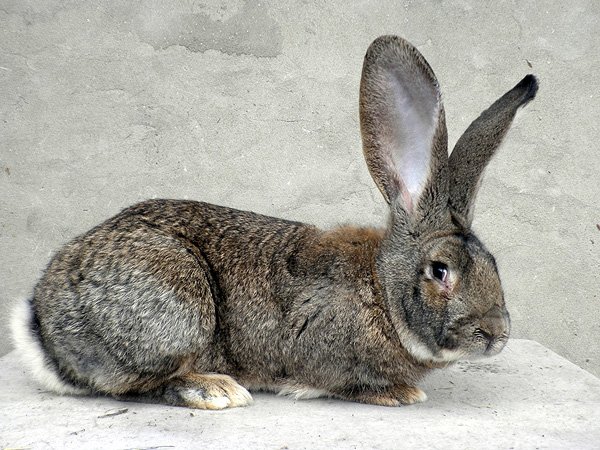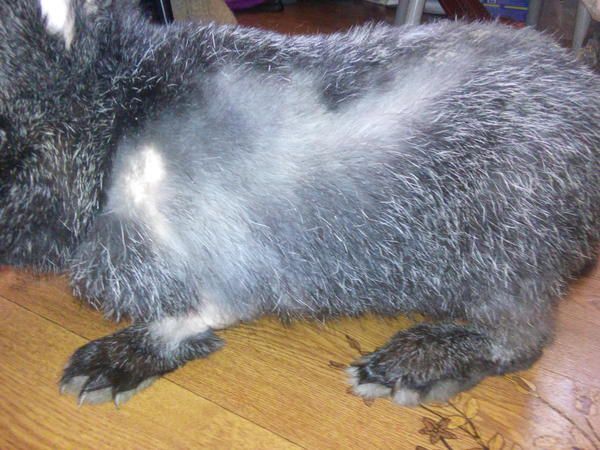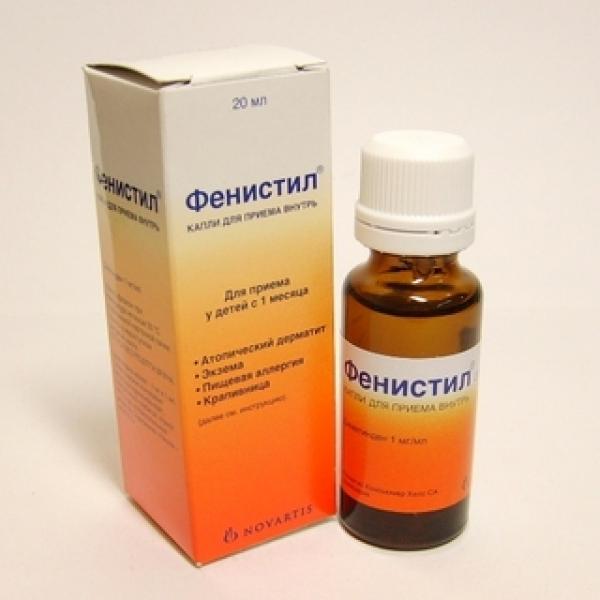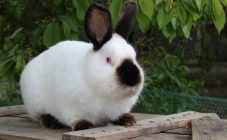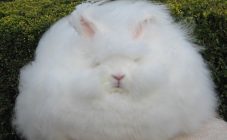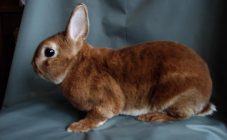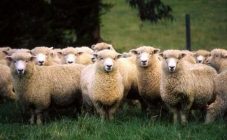Content:
Rabbits are animals that require careful care. They often get sick, which causes their hair to fall out. Rabbit dandruff is a very common condition caused by a fur mite. What other causes of baldness on the back and other parts of the body can a pet have? The article lists all possible diseases and ways to treat them.
Why does rabbit hair fall out?
In herbivores, the coat changes due to maturation and the change of seasons. There are a lot of reasons for fur loss that are not related to shedding. A completely bald rabbit is a rather rare mutation that does not harm the pet's health. Ticks, fleas, ringworm, skin fungus, vitamin deficiency, hormonal imbalance, other animals and the pet itself are involved in itching and the appearance of bald spots in healthy individuals. If the rabbit has hair loss on its back and other parts of the body, this may be a sign of a disease.
Molting herbivores
Rabbits need gentle care during molting. At this time, the old fur is replaced with new shiny fur. When licking, pets can swallow clumps of wool, which is why they die. Herbivores are not able to regurgitate, so intestinal obstruction develops.
Types of molt in rabbits:
- The age-related change in fur is caused by the growing up of the animal. Rabbits are born naked, but by the end of the first month they are overgrown with a thick cover. At 1.5 months, the coat begins to shed, and the process of replacing the cover takes 50-60 days. After 2 weeks, the fur change process starts again, lasting 2 months. During this period, many rabbit breeders slaughter the animal, since its fur coat is most suitable for sale. The speed of wool replacement is different for all animals, it depends on the temperature of the room, the diet and the breed of the pet. Signs of shedding are the dullness of the coat and its abundant shedding.
- Seasonal molt occurs 2 times a year - in autumn and spring. Autumn change of wool takes place in September, and spring - in March-April. The molting process in males takes longer than in rabbits and lasts up to 2 months. Rabbit fur is especially valuable after the autumn molt, as it acquires density, shine and smoothness. Signs of seasonal molting: the rabbit has bald patches near the paws, muzzle, neck, then on the sides, and upon completion of the process on the back and abdomen.
What to do to make the molting process faster:
- comb the pet well;
- make sure that the animal eats hay, as it helps to remove wool from the body;
- monitor the stool and if the quantity and quality of stool changes, consult a doctor.
Diseases causing hair loss and their treatment
A disease in which a rabbit has dandruff on its back is called cheiletiellosis. It is provoked by a cutaneous mite, which affects not only herbivores, but also other domestic animals and even humans. The disease is very common, its manifestation occurs in all regions of Russia. Signs of lesion with cheiletiellosis: redness and inflammation of the skin, the appearance of white dandruff in the back and sides, hair loss and the appearance of bald patches, itching, a violation of shedding. The diagnosis is made on the basis of a veterinarian examination, a complete examination and tests. The most commonly used treatments are ivermectin and selamectin. The required dose of the drug is calculated based on the weight of the pet.
Prevention of cheiletiellosis:
- treat all pets against ticks;
- observe the processing mode, if a parasite is detected, it will take 2-3 cycles;
- disinfect cages and pet care equipment;
- keep new animals in quarantine for at least 21 days.
Ringworm can also cause the skin to flake off and appear bald on the animal's fur. Treatment is selected by a specialist based on the pet's health indicators. The most common herbivores are ketoconazole or miconazole. It is not worth treating bald spots with human ointment from ringworm, since the manufacturers do not provide for their ingestion. During licking, the eagle may be damaged.
Fleas can cause allergies in herbivores, causing them to lose their coat. Also, insects are carriers of diseases and are able to infect an eared myxomatosis, in which purulent conjunctivitis begins and bumps form near the eyes. To remove fleas, you can use drugs to treat kittens, they treat the withers of the animal. However, these medicines will not work for decorative breeds. The owner is better off purchasing a spray applied along the spine.
Skin fungus is another disease that can cause a furry to go bald. Symptoms of dermatosis: severe itching, the appearance of bald patches near the ears, redness, peeling of the skin is observed in the affected areas, and ichor is released. The disease can be transmitted to humans.
Treatment for skin fungus:
- First, the fur is cut from the affected area.
- A special antifungal ointment is applied to bald areas. Drugs such as fenistil or suralan can be used to relieve itching.
- In the advanced stage, antimycotics are prescribed.
Sometimes the rabbit will shed heavily in summer. The reason for this may be vitamin deficiency. Choosing the right diet containing the necessary vitamins and minerals will help get rid of this problem.
Eating fur of other rabbits can also be a factor in the appearance of bald patches in the pet. The reason why they do it is one - boredom. The problem can be solved by diversifying the leisure of the pets: you can send them for a walk, where they will not crawl into the fur of their neighbors while exploring the territories.
The rabbit may develop receding hairline behind the ears from fighting with neighbors. Most often, young males arrange fights, so it is better to keep them in different cages.
Sooner or later, every herbivore owner will face its molt. There are many reasons why rabbits go bald. It is important to correctly identify the root of the problem and begin treatment early. At the slightest suspicion of the development of the disease, you need to show the animal to the veterinarian. Competent treatment will not only save money, but also preserve your pet's health and prevent premature death.
